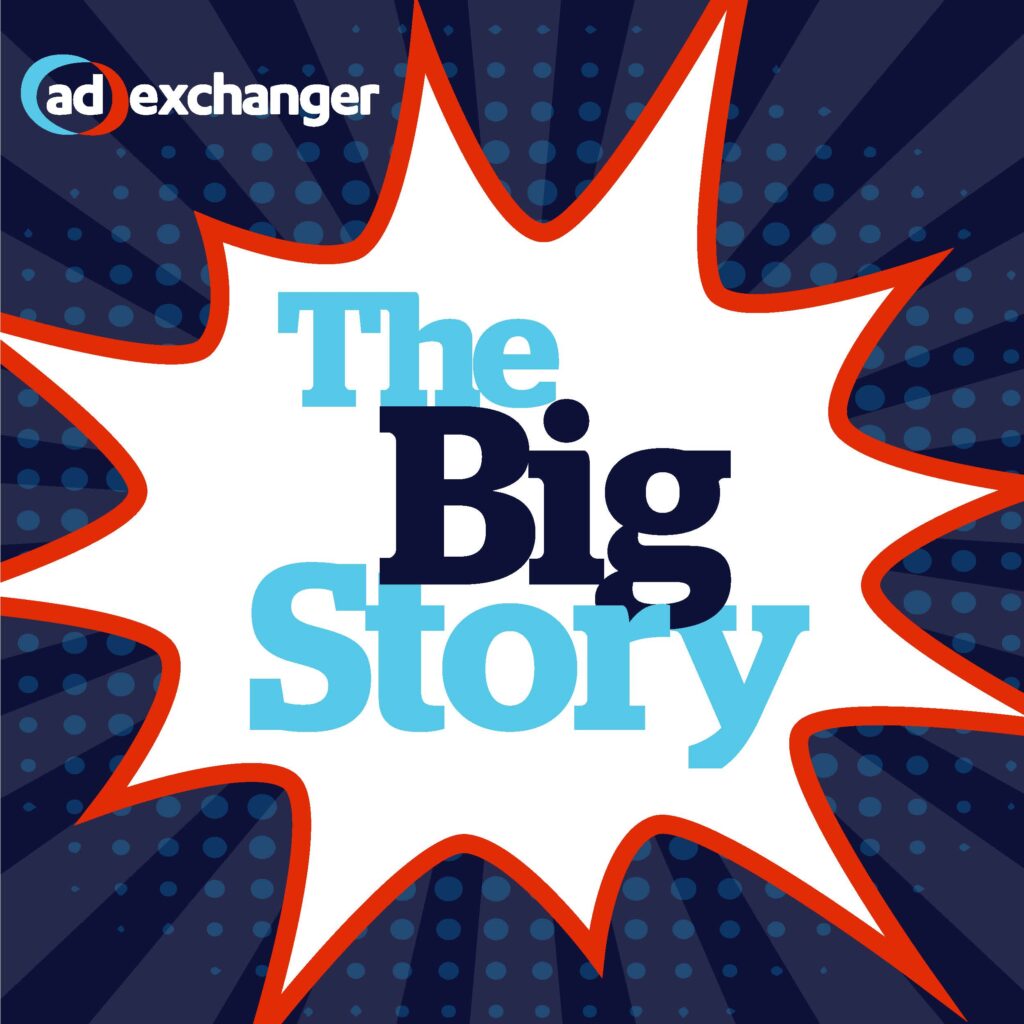THE GAS STATION would be an obvious symbol to use if you are a gas company marketing to consumers. But how does a giant oil firm make an impression on its business audience? The “upstream” part of the oil and gas business – the work that goes on before the product reaches the refinery – involves such elements as oil rigs, tankers, and vast tracts of untrammeled land. Needing a coherent story to present to business partners, national governments, and investors, Conoco employed computer games to produce a fun selling tool. ConocoLand, a CD ROM based program, catapults business people into an interactive
The “upstream” part of the oil and gas business – the work that goes on before the product reaches the refinery – involves such elements as oil rigs, tankers, and vast tracts of untrammeled land. Needing a coherent story to present to business partners, national governments, and investors, Conoco employed computer games to produce a fun selling tool. ConocoLand, a CD-ROM based program, catapults business people into an interactive 3-D multimedia world where they learn about the Houston-based company’s universe.
Visitors might take a virtual helicopter ride over a deep water drilling ship to learn the ship’s components and specs, or soar over a Venezuelan oil production site from inside an aerial tram. They can become virtual city planners, applying various levels of gas power to the London skyline. They can visit a movie lobby for two- and three-minute films with titles like “Big Business, Texas Style” and “Good Drill Hunting.” They get to meet Conoco president and ceo Archie Dunham. In fact, Dunham serves as their tour guide.
The CD’s game-like environment supports Conoco’s Getting to the Future First marketing theme, says project manager for new media Teresa Wong.
“We thought ‘We’re not going to get to the future first with a brochure. We need a new medium,'” she says.
Conoco, which went public in October with a $4.4 billion IPO, tapped the resources of Ames, IA-based Engineering Animation, Inc., which specializes in scientifically accurate animation to provide the colorful experience. The company has handed out 5,000 of the games since it started using them at the end of last year, Wong says.
Getting personal Consumers spend billions on impulse purchases, a term that doesn’t exist to commercial buyers who scrutinize features, benefits, and services promised by suppliers, and have their decisions in turn scrutinized by management. For supermarket chain buyers worried over margins and turns, brand image-making can fade into the wallpaper. Nonetheless, branding ideas are increasingly popping up in corporate sales channels, with sellers building personalities into products and striving to capture shares of buyers’ “minds” or “hearts.”
“Business-to-business marketers are turning to brand strategies. You forget that people respond emotionally, and manufacturers need to communicate an identity for their products,” says Bob Tucker, president of Schaumburg, IL-based Tucker-Knapp Integrated Marketing Communications.
Packaged goods companies are introducing more brand cues into their trade promotional vehicles as they explore new distribution channels from discount stores to health clubs and face competition from a swelling number of new brands. A good branding message could spell the difference between getting noticed or being consigned to the dumpster.
When Dean Foods Co. rolled out its Milk Chug product last year, the Franklin, IL-based dairy processor employed a separate trade campaign to “brand” the milk in single-serve, resealable bottles as a new age beverage.
Sales materials suggested grocery and convenience store buyers risked being trapped in the Stone Age if they didn’t buy into the Chug trade promotion program. Urging “bring your dairy category into the 21st century” sales kits pictured a traditional half-gallon milk carton made of stone cracked open to reveal the Milk Chug bottle.
“We said we were changing the entire cold drink category by positioning milk for people on the go. Don’t think of milk as something you consume at the kitchen table,” says Dean Foods vp-marketing Jim Page. “We treated Milk Chug as a new product introduction.”
“Most packaged goods companies spend millions to make sure their consumer message is perfect, but they let a junior salesperson write the trade ads. Most trade advertising as a result is shoddy and disrespectful to the brand’s image,” says Gary Slack, managing director at Slack Barshinger & Partners, Chicago, which handles Milk Chug’s business-to-business promotion.
“Our goal in branding Milk Chugs was to get the buyers so excited about the product’s novelty that we literally made the salespeople’s days when they started calling on the trade,” Slack adds.
Hold the emotion Increasingly complex business channels and the demand for the services of value-added resellers and other end-user solutions providers has spurred information technology (IT) companies to develop branding strategies, according to Clarion Marketing executive vp-managing director David Quincy.
“More IT companies are branding because it is increasingly difficult to provide the kind of solutions that end-user customers want,” says Quincy. “It is very important that customers learn there is a known brand behind that (VAR solution) that stands for a set of values.”
Business-to-business branding programs tend to be more detailed and market-focused than consumer efforts, where the brand is imparting an emotional spin through advertising. Commercial products and services are often complex, with client and customer intersecting at various points, such as product service or technical training.
“Branding needs to ensure that the message is being conveyed at each opportunity,” says Quincy. “That is the single most difficult concept for the heads of business-to-business companies to grasp. You can’t just put a slogan on a product. You have to get the organization to internalize the brand positioning, thinking and acting it every moment of every day.”
ShowCase Corp. made sure a consistent theme ran through a battalion of different tactics it deployed in introducing new software to its business audience. Tucker-Knapp helped the Rochester, MN-based company develop a business promotion for its new Strategy software that required creating a new marketplace identity for ShowCase itself.
The company had moved from selling a relatively simple query-and-reporting tool to offering an enterprise-wide system that tracks and manipulates sales data so it can be used by decision-makers throughout a company. “We needed totally different positioning to introduce the product and reintroduce the firm,” says Lisa Reicks, a marketing consultant who was Showcase’s director of marketing when the campaign started in 1996.
The campaign sought to bring the brand message to every level of the distribution channel, employing such tactics as direct mail, faxed product literature, trade ads, user events, telemarketing, a Web site, and packaging.
“We tried to touch every influencer, including other technology companies, business partners, technical analysts, and the end-users at Fortune 500 companies,” says David Lorenzo, director of client service at Tucker-Knapp.
The brand message was encapsulated in the tagline, “The data warehouse solution for faster, smarter decisions.” The message was that ShowCase was “a real player,” and that Strategy software had solutions for a diverse group of potential executives in manufacturing, wholesale, financial, and retail industries. Strategy’s logo featured a compass in place of the letter “A” in its name to highlight the software’s solutions-oriented bent.
The campaign earned ShowCase a 40-percent revenue increase over the previous year. New accounts included Timberland and Toys R Us.
In a twist on the idea of internalizing the message, Showcase used the Strategy software in tandem with its marketing database to generate ROI reports on the progress of the product’s marketing campaign. The corporate vote of confidence in Strategy was demonstrated at a users’ conference where Showcase presented the results. “We were able to show how some of the marketing vehicles we were using were not as effective as others,” Reicks says. For example, the direct-mail message was refined based on the response, she notes.
“Our goal was to be consistent through all of our tactics, whether coupon, newsletter, or packaging, so people see how you fit in the marketplace and remember who you are.”
That’s a lesson even a consumer marketer could take to heart. n



